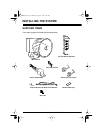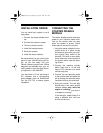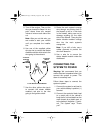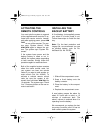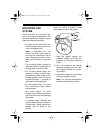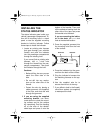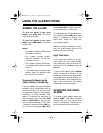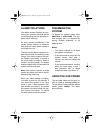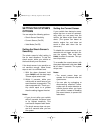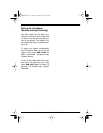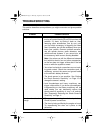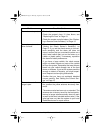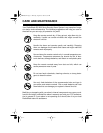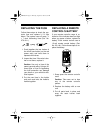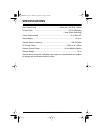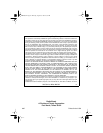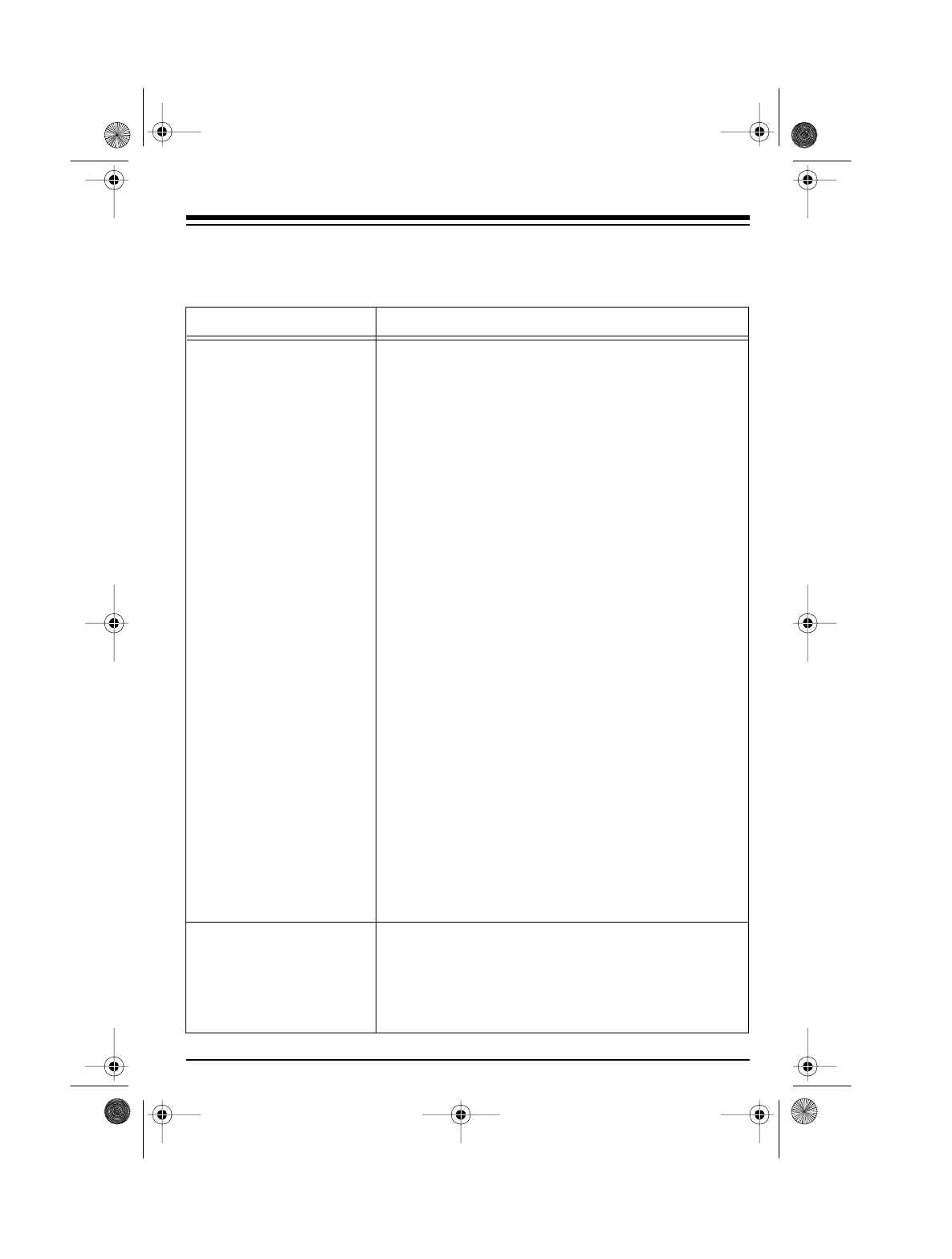
Need Help? Call 1-800-598-2527
15
TROUBLESHOOTING
This section describes some problems you might encounter and gives possible
solutions.
Problem Possible Solution
Frequent false alerts
• Another accessory is triggering the alarm. Try
turning off current sensing to see if this solves the
problem. If it does, try turning it back on, then
removing other accessories, one by one, until
you find which accessory is triggering the false
alert. If possible, turn off that accessory when you
leave your vehicle. Common problem accesso-
ries are cellular phones, radar detectors, and
vehicle self-test systems. If you cannot turn off
the accessory, leave current sensing disabled.
Note:
Your alarm can tell the difference between
the vehicle’s electric fan and other accessories,
so the fan does not trigger a false alert if the fan
turns on while the system is armed.
• Your alarm’s electrical connections are not mak-
ing good contact. Check the connections and, if
necessary, connect the power and ground leads
to the vehicle’s battery terminals.
• The shock sensor is too sensitive. See “Setting
the Shock Sensor’s Sensitivity” on Page 13 to
change the sensor’s setting.
• Loud thunderclaps and heavy machinery can
trigger a false alarm. If you know a thunderstorm
is approaching or that heavy machinery will be
used nearby you can temporarily reduce the
shock sensor’s sensitivity or turn it off entirely.
See “Temporarily Reducing the Shock Sensor’s
Sensitivity” on Page 11.
The alarm is not loud
enough
• The system is operating from its backup battery.
Check all power connections.
• The siren is being muffled by the engine or hood.
Try repositioning the siren so it points to the
pavement.
49-830.fm Page 15 Thursday, August 19, 1999 10:37 AM



